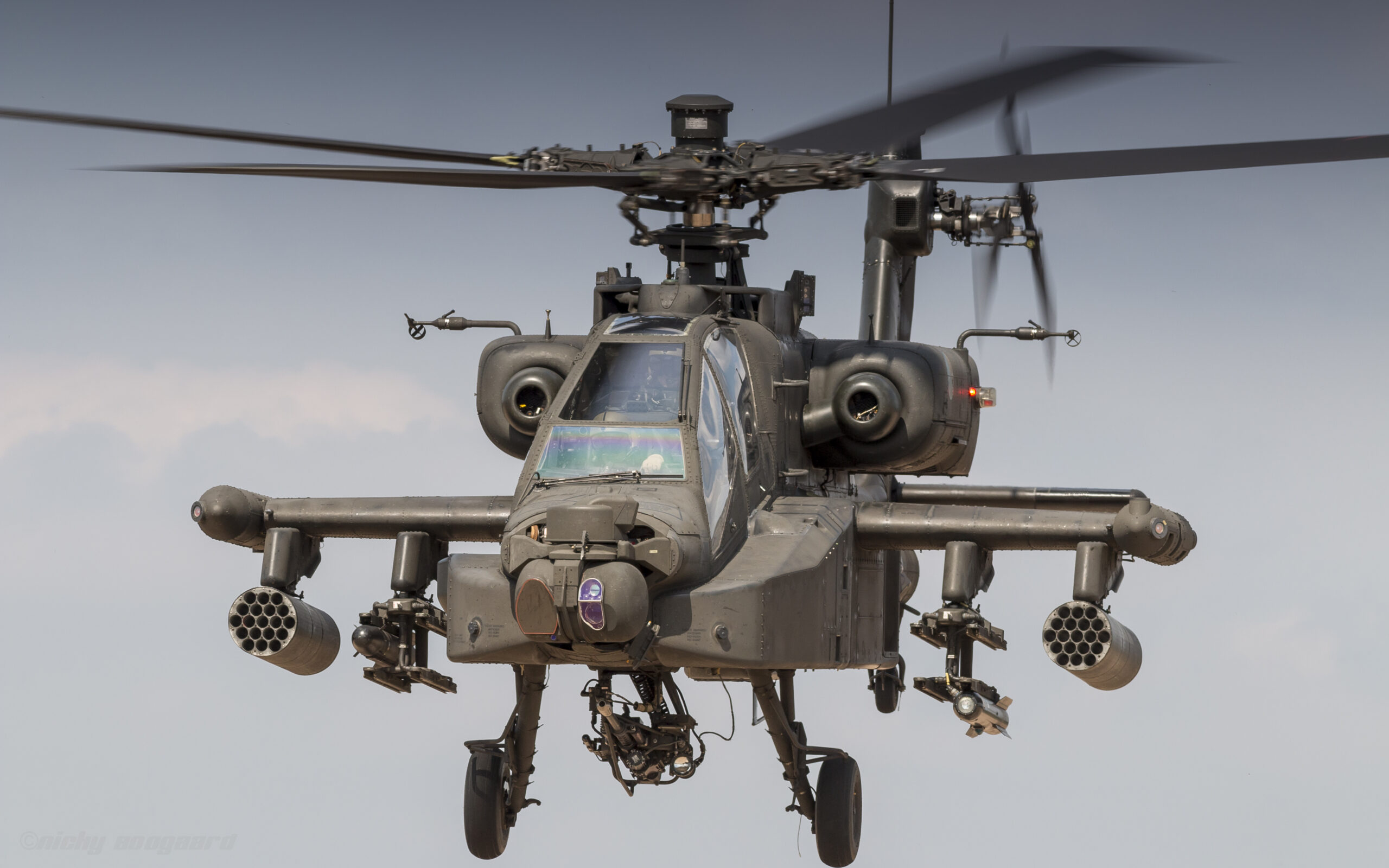The US Congress is set to hold a hearing today to discuss the deadly midair collision that occurred in January, resulting in the loss of 67 lives. The hearing will focus on the preliminary findings of the National Transportation Safety Board (NTSB) investigation into the crash, which involved an American Airlines passenger jet and an Army helicopter ¹.
NTSB Chairwoman Jennifer Homendy, Federal Aviation Administration (FAA) Acting Administrator Chris Rocheleau, and Army Aviation Director Brigadier General Matthew Braman are scheduled to testify before the Senate Commerce Committee. The committee’s top-ranking members, Senators Ted Cruz and Maria Cantwell, have already sent letters to the Army demanding answers about the helicopter’s operations in the area without transmitting location data.
The NTSB has identified 85 close calls between planes and helicopters near Washington’s Ronald Reagan National Airport in the three years leading up to the crash. Homendy has stated that the close proximity of planes and helicopters in the area poses an “intolerable risk to aviation safety” that the FAA should have addressed sooner.
The investigation is still in its early stages, but preliminary findings suggest that the helicopter may have had inaccurate altitude readings, and the crew may not have heard key instructions from air traffic controllers. The crash was the deadliest plane crash in the US since 2001, and it has raised concerns about air travel safety.
Transportation Secretary Sean Duffy has promised to use artificial intelligence to review data from other airports to identify similar risks. The hearing today will provide an opportunity for lawmakers to question the NTSB, FAA, and Army officials about the crash and the steps being taken to prevent similar incidents in the future.
Key Issues to be Addressed:
– Safety Risks: The close proximity of planes and helicopters in the Washington, D.C. area poses a significant safety risk.
– Helicopter Operations: The Army’s decision to operate helicopters in the area without transmitting location data has raised concerns.
– FAA Oversight: The FAA’s failure to address safety risks in the area has been questioned.
– Investigation: The NTSB’s investigation is ongoing, and preliminary findings suggest that inaccurate altitude readings and communication issues may have contributed to the crash.



